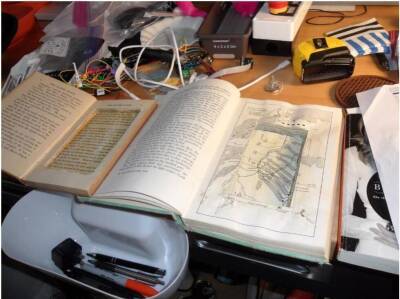US Treasury targets NFTs for potential high-value art money laundering
The U.S. Department of the Treasury released a study on the high-value art market, highlighting the potential in the nonfungible tokens (NFT) space to conduct illicit money laundering or terror financing operations.
The treasury’s “Study of the facilitation of money laundering and terror finance through the trade in works of art” suggested that the increasing use of art as an investment or financial asset could make the high-value art trades vulnerable to money laundering:
The study underlines the importance of NFTs in representing ownership of the digital and physical property that is managed and controlled via smart contracts and digital wallets. The treasury also points out that the price of NFTs is determined by the buyer and seller and not the market:
However, the NFT market in 2020 alone was valued at more than $20 billion. The U.S. treasury suggested a possibility where criminals can purchase NFTs with illicit funds and resold to an unwary collector “who would compensate the criminal with clean funds not tied to a prior crime.”
NFTs can also be sold via peer-to-peer (P2P) sales, which bypasses the need for an intermediary or recording the transaction over the public ledger. While underscoring the various money laundering vulnerabilities made possible by the NFT ecosystem, the treasury concluded:
Related: NFTs and DeFi overturn a banker‘s generational curse of poverty in 2 years
Brenda Gentry, a USAA mortgage underwriter turned crypto entrepreneur, recently shared how the cryptocurrency ecosystem offered her a fighting chance to overcome the generational curses of poverty.
Gentry, a.k.a. MsCryptoMom, left her decade-long job as a banker to pursue a full-time crypto career as her initial investments from early 2020
Read more on cointelegraph.com












